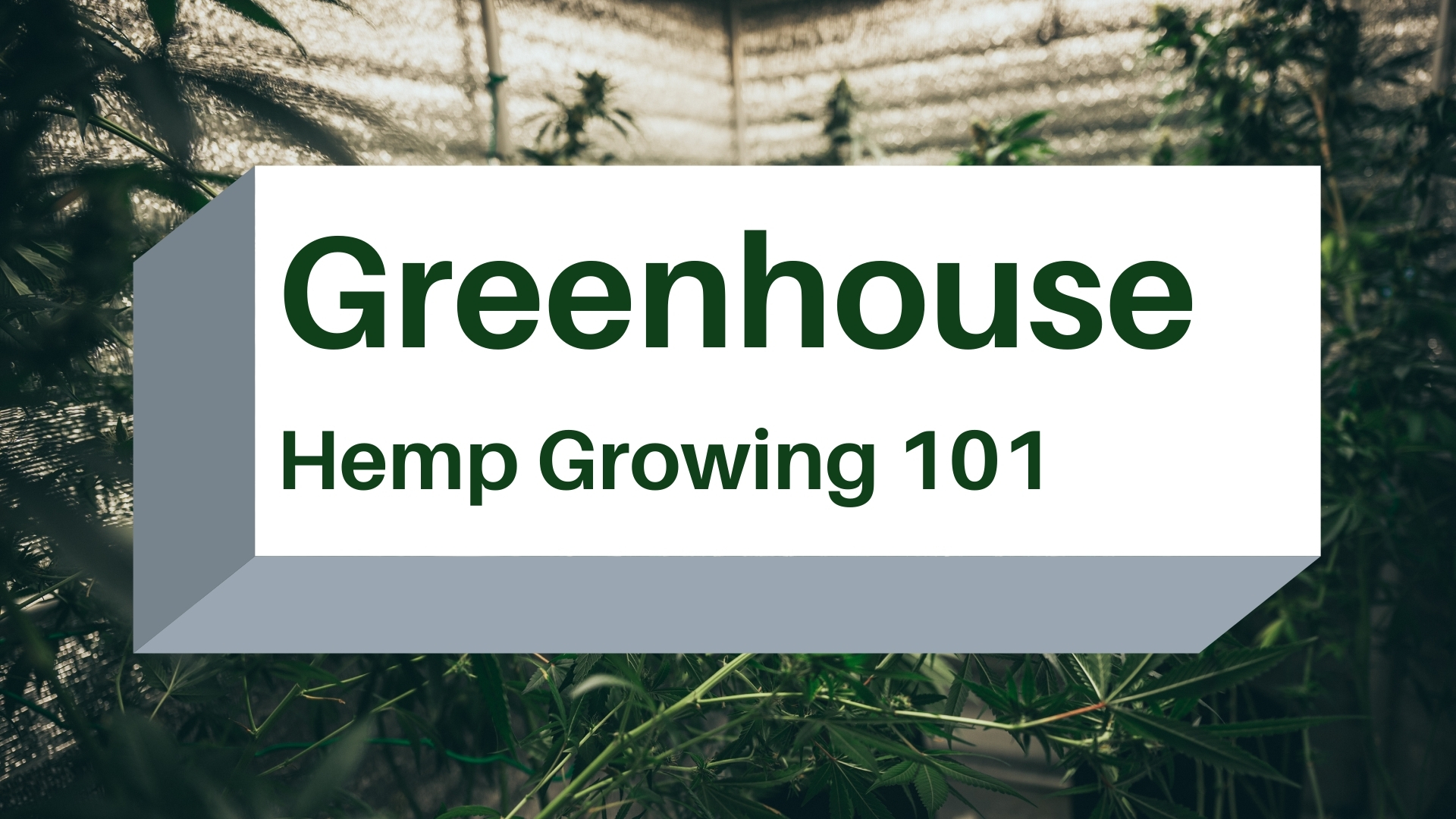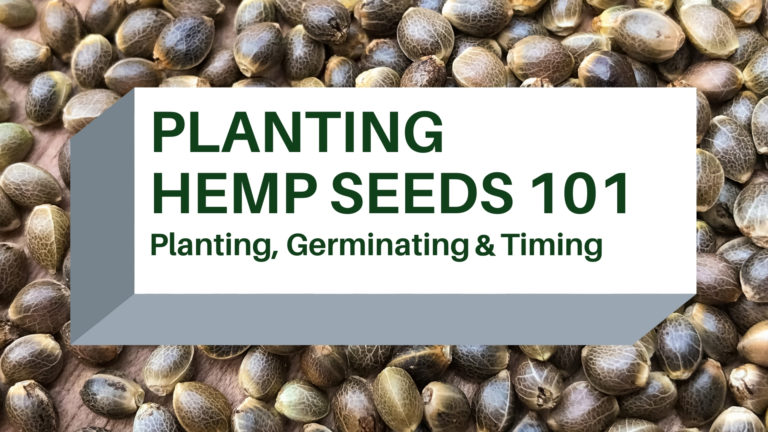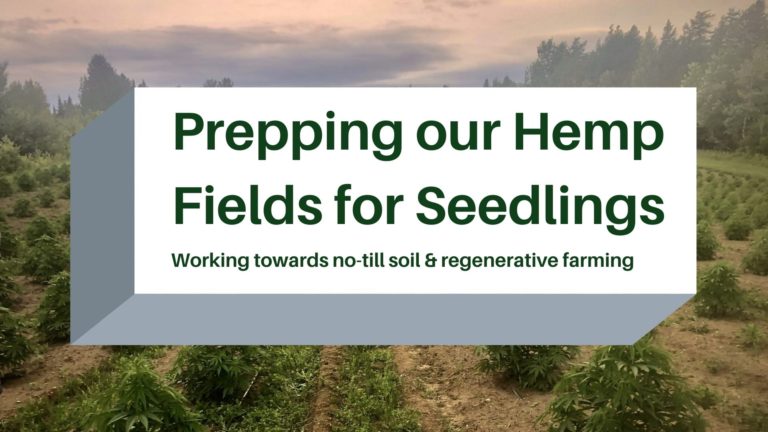Even though hemp is often thought of as a field crop, turning out the best quality hemp extracts and hemp flower can require a more stable environment. Therefore, greenhouse hemp growing has grown to be pretty common among cultivators with a foot in the CBD/therapeutic hemp industry. The thing is, growing hemp in a greenhouse is much different than seeding a field and watching it grow.
The Benefits of Growing Hemp in a Greenhouse
From the time you start a hemp seed, the environment you provide for that seed will determine the quality of its outcome. Everything from cannabidiol (CBD) and cannabigerol (CBG) content to terpene content can be affected by things like exposure to light, water availability, and temperature. With that being said, the best way to gain control over all three is in a greenhouse environment.
Greenhouse hemp production offers full environmental control and more control over revenue generation in the long term. With hemp, the price for final-harvested biomass can be a major variable. Having direct control over everything possible in the growth process helps remove other unintended variables that can affect your bottom line.
Tips for Growing Hemp in a Greenhouse
Start with a simple grow operation first
Just starting out, working with a small operation first gives you time to get to know the fundamentals of growing hemp in a greenhouse. Forgo the expensive technology and massive setups. Instead, go for a smaller greenhouse and the most basic necessities. Get a feel for how everything works, how the hemp responds to what, and work out kinks before you sink a lot of money into plants and technology that could be detrimentally affected. Then, make advancements as you learn and grow.
Pay attention to airflow and venting
Hemp is a hardy plant, but these plants need room to move. If you don’t offer adequate spacing for each seedling, you will run into issues with growth rates, stalk strength, and even proper flowering. Likewise, improper airflow can lead to overheating that zaps water and nutrients from the soil. Therefore, pay a lot of attention to airflow and venting within your greenhouse.
Invest in good fertilizer and irrigation setups
If there is one thing where you should be allocating funds for a new greenhouse, it is in irrigation and fertilization. Hemp needs a good water-soluble fertilizer—standard greenhouse fertilizers are usually fine. But, avoid anything low-grade that has a higher sodium content because the hemp will practically refuse to absorb nutrients with high-salt exposure. Shoot for a pH level between 6.0 and 7.0. Also, hemp likes well-drained soil but needs consistent water. So, slow-drip irrigation can be a wise installation.
Considering Growing Greenhouse Hemp for Product Conversion?
Without question, the hemp industry is growing, with extracts and converted products for therapeutic purposes taking the lead in popularity. If you do intend to jump in on greenhouse hemp production for product conversion, it is a good idea to get a feel for what you can expect from your eventual operation and products. Check out our CBD flower at Hunger Mountain to discover how the quality is different with greenhouse-produced flower.
Copyright © 2025 Hunger Mountain Hemp |
Site by CannaPlanners




